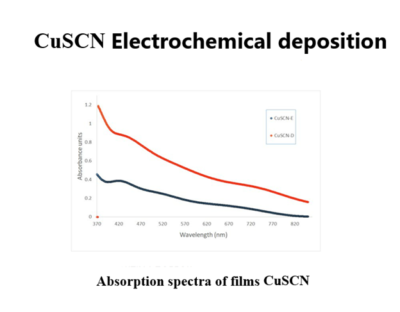Based on the results of scientific research conducted within the framework of the project, at least 2 (two) will be published articles and (or) reviews in peer-reviewed scientific publications in the scientific direction of the project, indexed in the Science Citation Index Expanded of the Web of Science database and (or) having a CiteScore percentile in the Scopus database of at least 50 (fifty); at least 1 (one) article or review in a peer-reviewed foreign or domestic publication recommended by COXON (or at least 1 (one) article or review in a peer-reviewed scientific publication included in the 1st (first) quartile of the impact factor in the Web of Science database). 1 monograph or textbook on the scientific direction of the project will also be published.
To popularize science, disseminate information about the results, increase the likelihood of their implementation and commercialization, a web page will be created on the Astana IT University website, which will contain brief information about the project: relevance, purpose, expected and achieved results, names and surnames of members of the research group with their identifiers (Scopus Author ID, and/or Researcher ID, and/or ORCID) and links to relevant profiles, a list of publications (with links to them) information for potential users. The information on the web page will be updated regularly (at least 2 times a year) from 2022 to 2025. For each scientific publication within the framework of the project, information about its content and possible application will be published on the web page.
The scientific effect of this project will be knowledge about the mechanisms of charge carrier transfer in multicomponent and composite nanostructured solar cells, degradation processes in perovskite solar cell materials, local correlation of charge carrier transfer and degradation processes with structural, compositional, and functional changes.
The target consumers of the results can be both academic institutions and manufacturing companies engaged in the development of electronic devices and devices.
The final result of the project will be the development of an optimized structure of perovskite solar cells, which will improve the transfer and accumulation of charge carriers in devices, avoid the identified degradation mechanisms and ensure longer and more efficient operation of solar cells.
Extending the life of inexpensive perovskite solar cells will allow Kazakhstan and other countries to widely use solar energy. This will reduce emissions associated with the use of fossil fuels. In a broader sense, this work will contribute to economic development and environmental protection by extending the service life and efficiency of perovskite solar cells.













